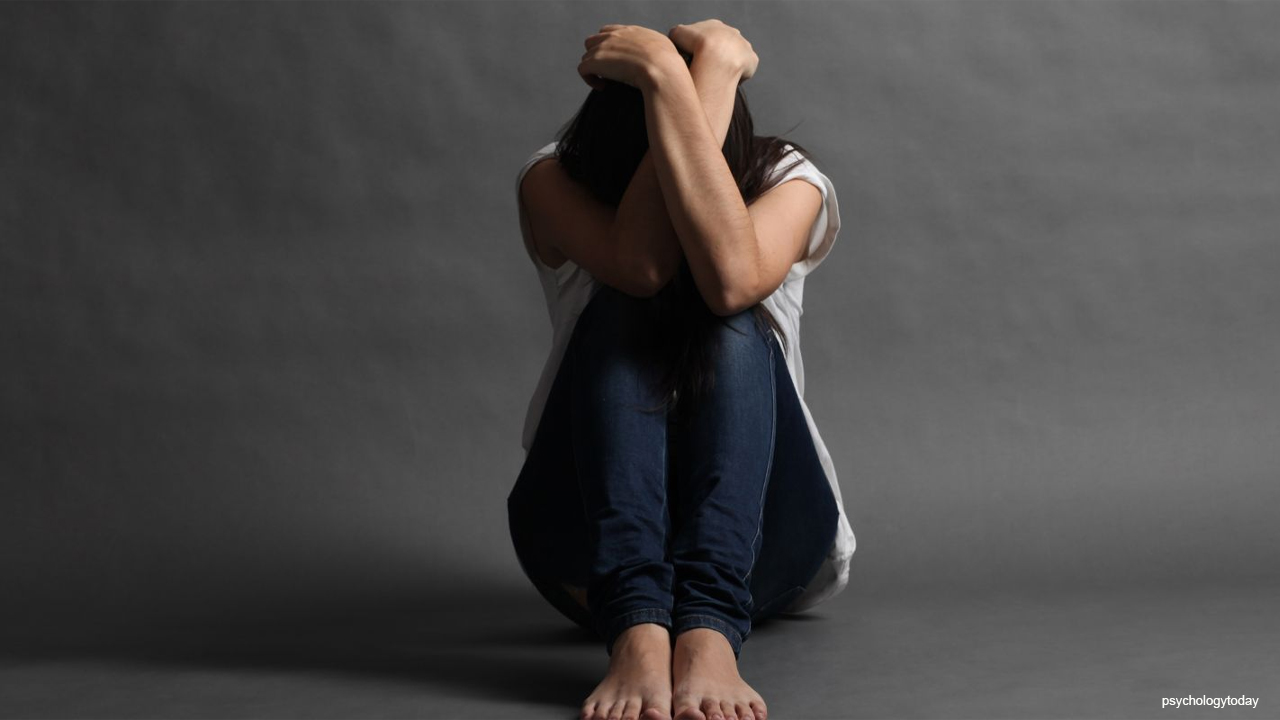It’s high time, parents have to spend quality time in interacting with their growing kids and know their mental health status. It’s devastating news that student suicide is on the rise, higher than ever before. Mental health is a serious topic and it should be handled sensitively. Some days back, we heard of Megh Kapoor of IIT Hyderabad and Prashant Singh of IIT Kanpur taking their lives just because they were under undue pressure or stress.
The pressure can be of excelling in academics or it might have been put by any external stimuli or any personal stress, what matters the most is that it was so high that it took their lives. The thoughts which prompt them to make this decision could have been postponed or neglected if their friends, families, or relatives were smart enough to notice the warning signs or red flags in them.
NCRB data of student’s suicide
A total of 13,089 students took their lives in 2021, the highest number so far, as per the National Crime Records Bureau (NCRB) data. Student suicides account for 8% of the total suicides in the country.
It’s very disturbing and distressing news that the number of student suicide has been constantly rising since 2017. In 2017, around 10,000 students killed themselves which has increased to 12,256 in 2020 and more than 13,000 in 2021. The percentage has sharply risen by 21.19% since 2019.
Of the total number of student suicides, male student suicide comprises the majority percentage 56.51% (more than half) of total cases. In 2021, of a total of 13,089 student suicides, 5,693 were female students who had killed themselves.
The data collected since 1995 reveals that more than 1.8 lakhs students have committed suicide, of which 2020 has recorded the highest number.
The maximum number of student suicide cases were reported from states like Maharashtra. Odisha, Madhya Pradesh, Tamil Nadu, Jharkhand and Karnataka.
Academic pressure - The prime reason
A study reveals that the highest number of suicides take place between the ages of 15-29 years. Failure in exams, parental expectations, substance abuse, unemployment, and poverty are some of the common reasons behind these numbers. COVID had further worsened the situation. Staying indoors, emotional isolation, and fear of the epidemic have risen mental health issues and thereby suicides.
Warning signs of suicide seen in students
- Changed sleeping habits (either too much or too less or insomnia)
- Overeating or loss of appetite
- Lack of interest in hobbies
- Sense of hopelessness
- Bad academic performance
- Almost no communication with friends and family, a sense of withdrawal
- Unexplained aches or pain in the body
- The feeling of self-harming behavior
- Not all students are vocal about their feelings, but they tend to write or draw about them. Observe what your child draws and writes.
- Many times, children google or search about their problems, try keeping a watch on what they do on their laptop
Risk factors that induce suicidal ideation
- Sexual abuse
- Bullying
- Witness violence
- Suicide attempt by a family member
Conclusion - As a parent, it is important to sit and talk with your child about their life. Try creating a supportive environment around them. Try conversing with them more and more and it should be from both ways. Parents can easily prevent suicidal ideation among children by observing these listed early warning signs and help them to come out from it.

 Mental health is a serious topic and it should be handled sensitively. It’s devastating news that student suicide is on the rise, higher than ever before. It’s high time, parents have to spend quality time in interacting with their growing kids and know their mental health status.
Mental health is a serious topic and it should be handled sensitively. It’s devastating news that student suicide is on the rise, higher than ever before. It’s high time, parents have to spend quality time in interacting with their growing kids and know their mental health status.









.jpeg)










.jpeg)









.jpg)


.jpg)
